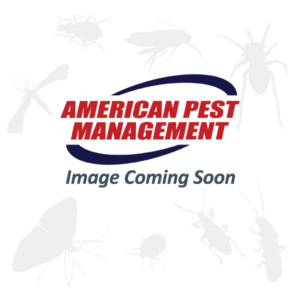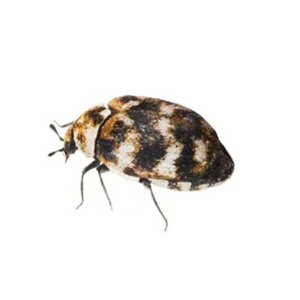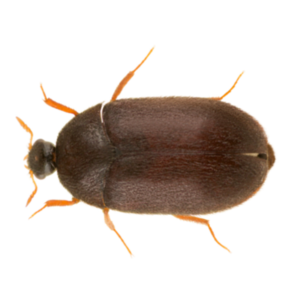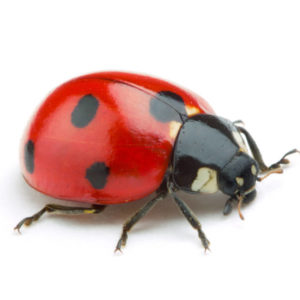Emerald Ash Borers in Manhattan, Kansas City Metro, and surrounding areas
The emerald ash borer is a highly destructive wood-boring beetle that feeds on the tissue of ash trees. Since its discovery, the beetle has killed hundreds of millions of ash trees in North America. The emerald ash borer spreads through the transportation of wood, especially firewood. Once the emerald ash borer has been detected within 10-15 miles of an area, the trees within that area may be at risk.
Emerald Ash Borer Beetle Habitat
The emerald ash borer lives in any area with a population of ash trees, including black ash, green ash, and white ash. Adult emerald ash borers fly to ash trees to eat and lay eggs. Larvae feed on the nutrient-rich tissue just under the ash tree’s bark, forming S-shaped lines in the tree. This feeding process disrupts the trees’ ability to move food and water from their roots to their leaves, eventually killing the tree. As a new adult exits the tree, it chews a D-shaped hole in the bark.
Emerald Ash Borer Beetle Behaviors, Threats, or Dangers
Emerald ash borer beetles do not bite or sting, however, since the discovery of this beetle in the United States in 2002, it is estimated that millions of ash trees have been killed. These beetles are mostly transported by human activity, moving firewood or other wood products, and nursery stock infested with beetles. Signs of infestation are usually noticed first in the top canopy and include thinning and yellowing leaves, D-shaped holes in the bark, and canopy and bark loss. Unfortunately, by the time a homeowner at ground level spots an exit hole from an emerging emerald ash borer beetle, the tree will likely have been infested by consecutive generations of emerald ash beetles. Homeowners can inspect their trees for signs of infestation and treat their ash trees with various insecticidal products available at garden centers or by hiring a beetle control expert.





